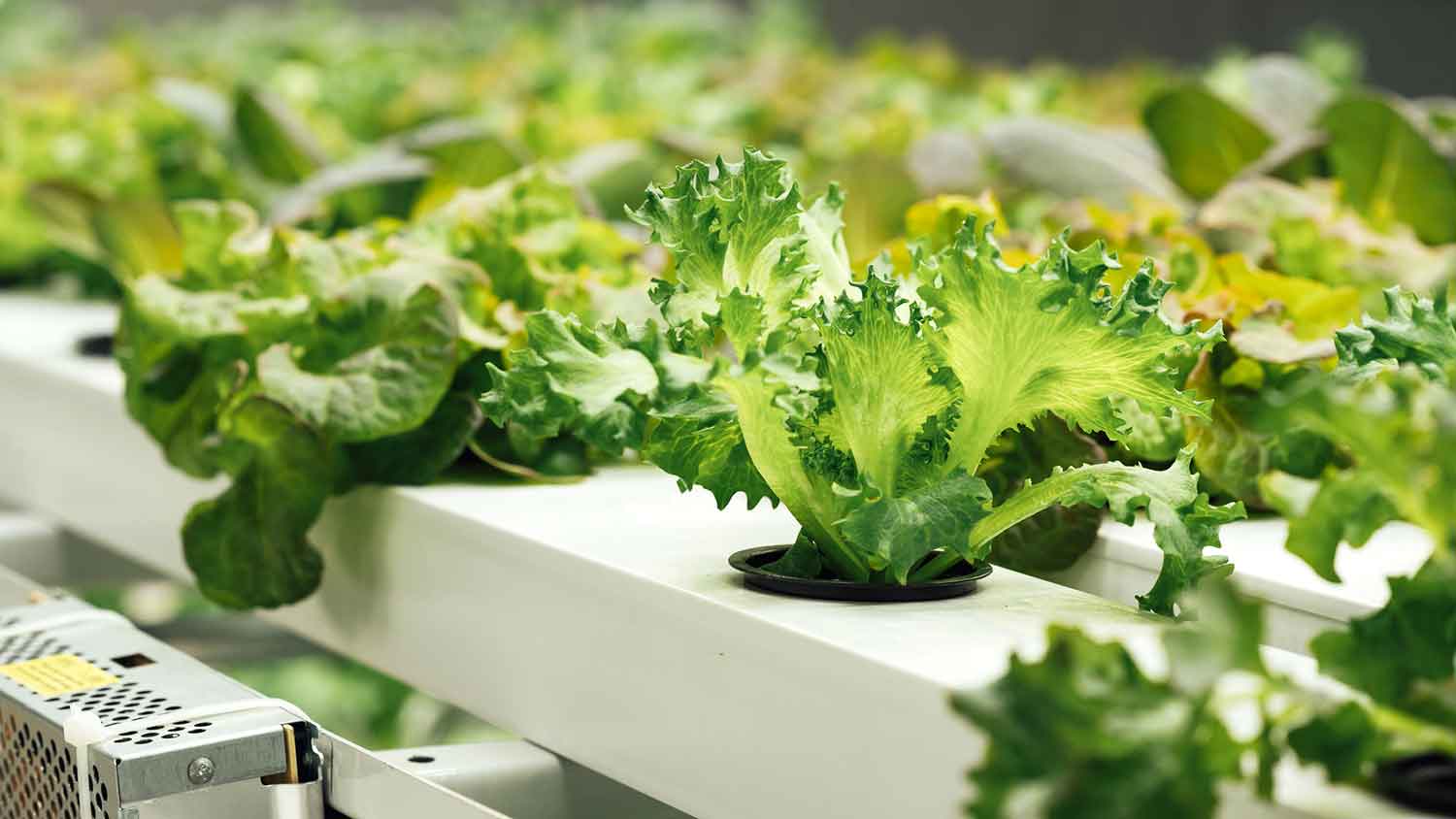What Is Radiant Floor Heating?
Save money and keep your toes warm with this energy-efficient heating system


There's a lot to like about radiant floor heating systems for your home, especially if you suffer from allergies or don't like walking on cold floors in the winter. Add in the fact that floor heating systems under hardwood or ceramic tile can actually lower your energy bills, and you might be sold.
“If you are a builder or a remodeler or a flipper, your investment in this will not only return your investment, but give you a profit,” says Bob Tschudi, Angi Expert Review Board member and general contractor in Raleigh, NC. “Buyers are not only purchasing a house but they are buying an experience, and heated floors are an amazing experience.”
Learn more about how radiant heat works, the benefits of this type of system, and whether you should install electric or hydronic systems in your home below.
What Is Radiant Floor Heating?
Radiant floor heating heats your house using electrical cables or hot water coils that run underneath your floor. This technique relies on hot air naturally rising and circulating from the floors (a process known as convection) to warm your home and the people in it.
Both water and electricity are far more efficient at transporting heat into a room than air. Among the benefits of installing radiant heat, homeowners stand to save on heating costs.
Benefits of Radiant Floor Heating
Very quiet
Energy efficient (lower energy bills)
Warms your home evenly (fewer cold spots and drafty rooms)
Keeps feet warm on tiles and hardwood
Fewer allergens in the air due to less dust circulating
Could potentially install radiant floors yourself
Potential Drawbacks of Radiant Floor Heating
May be expensive to install
Could elevate your floor height by half an inch or more
Is Radiant Floor Heating Worth It?
If you value warm floors and consistent temperatures (as well as peace and quiet) in your home, then yes, radiant floor heating systems are well worth the price tag. Considering you'll actually save on energy costs is a benefit that could easily justify the cost.
Those wondering how much radiant floor heating costs may be nervous, at least initially, at the steep price tag for installation. On average, you should expect to pay a local heating and cooling specialist between $1,700 and $6,000 for radiant floor heating across your home.
But if you're just installing basic electric radiant floor heating in one room or a small area of your house, it might only cost a couple hundred dollars.
Other Types of Radiant Floor Heating
Besides hydronic and electric radiant floor heating, other systems use similar processes to heat your home.
Examples include:
Geothermal in-floor heating
Solar radiant heating
Propane underfloor heating
You may be wondering if these, or other home improvement projects such as heated driveways, are worth the cost, too. Geothermal and solar radiant heating costs are, on average, much more expensive—either project could easily exceed $20,000.
Is Radiant Floor Heating Safe?

Yes, so long as your radiant floor heating system is insulated. PEX insulation (dense plastic) and foam are both easy to install and require little to no maintenance.
In fact, radiant floor heating can make your home safer by removing potential health issues (like allergies) that vents and other blown air heating systems exacerbate. If you or a family member is allergic to dust, radiant floor heating could make living in your home much more comfortable.
Electric Floor Heating vs. Hydronic Floor Heating
If you're strictly in the business of saving money, hydronic floors are the best option. Both projects cost about the same to install and are equally effective, and heating costs are much lower with hot water.
However, hot water systems offer slightly less flexibility in terms of layout and must be embedded in plywood subfloor panels, which could increase the floor height by an inch or more. This might not be ideal in rooms or areas where the ceiling is already low.
Electric radiant floor heating is relatively thin and may only add a half-inch or so to your floor height.
A local HVAC specialist can help you decide which system is best for your home.





- Furnace Repair
- Air Conditioning Repair
- HVAC Repairs
- Furnace Installation
- Wood & Pellet Stove Repair
- Dehumidifier & Humidifier Repair
- Heat Pump Companies
- Swamp Cooler Repair
- Wood Stove Services
- HVAC Companies
- Commercial A/C Repair
- Geothermal Installation
- Air Conditioning Installation
- Boiler Repair
- 24 Hour Furnace Repair
- Geothermal Repair
- Heat Pump Repair
- Humidifier Installation
- Thermostat Repair
- Thermostat Installation
- Nest Installation
- Heating & Cooling
- Heating Repair
- Furnace Cleaning
- Furnace Tune-Up
- HVAC Technicians
- Subcontractors
- Furnace Maintenance
- Plumbing & Heating Companies
- Wood Stove Inspection
- Mini Split Installation
- Wall Heater Repair
- Duct Installers











